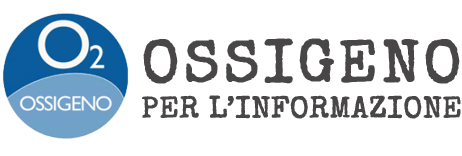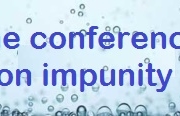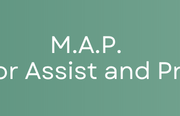A journalists group collects fund and give a part of them to Ossigeno to support it
Questo articolo è disponibile anche in:
OSSIGENO – October 2nd 2020 – The news was given by Mario Antolini, , vice-spokesperson for Puntoeacapo Association, together with a question and answer report on the way the NGO carry out his activities.
Here the questions made by Mario Antolini and the answers given by Alberto Spampinato, president of Ossigeno per l’Informatione. The full text was also published on September 28th 2020 on the Puntoeacapo website, and entitled: “Journalists NoPrelievo, a contribution to Ossigeno per l’Informazione, in the front line in defence of threatened reporters”
For over ten years, Ossigeno per l’Informazione has been admirably committed, day after day, to monitoring cases of aggression against journalists throughout Italy and to taking concrete action in their defence.
Alberto Spampinato, you are the president of Ossigeno. Can you tell us about the aims and activities of the Association?
“Aiding free of charge – he replies – and in all possible forms, the journalists and bloggers who, because of their work, are subjected to intimidation, threats, retaliation and vexatious lawsuits. Promoting solidarity with them. Identifying the recurring causes that make this violence and abuses unchallenged and unpunished. Studying the trend of the phenomenon and the remedies to be adopted. This is the complex mission that the not-for-profit, voluntary association “Ossigeno per l’Informazione”, a voluntary association active for over ten years, carries out. A specific rôle that distinguishes it from other independent organizations that deal with journalism and press freedom in Italy”.
Specifically, how are Ossigeno’s activities carried out?
“We publish detailed information on the incidents of individual journalists who are threatened, we provide them with opinions and advice based on the experience of competent colleagues and, in some cases, we entrust their legal defence to expert lawyers, bearing the cost. This activity has aroused the interest of many journalists, because in Italy the journalists who suffer these unjustifiable attacks are very numerous and often neither have sufficient resources to defend themselves nor have the full solidarity of their colleagues. This “peer support” provided by Ossigeno has compensated for the lack of a more adequate solidarity network able to fully face up to this serious phenomenon”.
What feedback did you get from your work?
“From 2008 to today, Ossigeno has concretely helped thousands of journalists to defend themselves, to resist, to continue to do their job. With systematic monitoring, the Ossigeno observatory was able to promptly intervene on incidents that deserved more attention. The monitoring was conducted with a methodical system that enhances the methods of investigative journalism: news research, verification, publication. This method has enabled Ossigeno to reveal in detail 4106 intimidations and threats conducted in Italy against as many journalists and bloggers. Ossigeno has identified them by name “.
What is the most important result you think you have achieved?
“These data, validated several times by the Italian Parliamentary Anti-Mafia Commission, have changed the perception of the phenomenon. Ossigeno’s activity has shown that in Italy the “violent censorship” of news is very frequent, widespread and unchallenged, due to anachronistic laws, omissions and inadequacies, and weak solidarity. In 2016 Ossigeno disclosed official data according to which every year in Italy over 90 per cent of the 5,900 annual defamation lawsuits dealt with by the courts are unfounded or spurious. Ossigeno has indicated the possible and the necessary remedies. Politicians have begun to discuss them. Meanwhile, the victims must be assisted. In recent years Ossigeno has received numerous awards, including: the medal of the President of the Italian Republic, certificates from UNESCO, OSCE, the Human Rights Commissioner of the Council of Europe, and AgCom “.
How is the association made up?
“Mainly by professional journalists and it receives some services free of charge in consideration of the moral aims it pursues. Ossigeno has its registered office in Rome at the National Order of Journalists and has operational offices at the Rome Press Association and the Casa del Jazz. The president is Alberto Spampinato, the general secretary is Giuseppe F. Mennella, and the first monitor is Lirio Abbate. Among the partners: Attilio Bolzoni, Alberta Del Bianco, Giovanni Tizian, Michele Albanese, Stefano Marcelli, and Vittorio Viviani. Honorary members are Pietro Grasso, Claudio Fava and Luigi Ciotti. The honorary president was Sergio Zavoli until the day of his recent death”.
How do you intend to use the contribution of the Giornalisti NoPrelievo?
“Professional volunteering is the strategic resource of the Association, which for its current activities makes use of collaborators who receive fair compensation in a fiscally correct way. Ossigeno has transparent accounting and provides for expenses with the shares of the members and spontaneous donations. The generous contribution of the Giornalisti NoPrelievo (NoPrelievo Journalists), for which we thank you, will help us to better guarantee our assistance and monitoring activities “.
ASP




Leave a Reply
Want to join the discussion?Feel free to contribute!